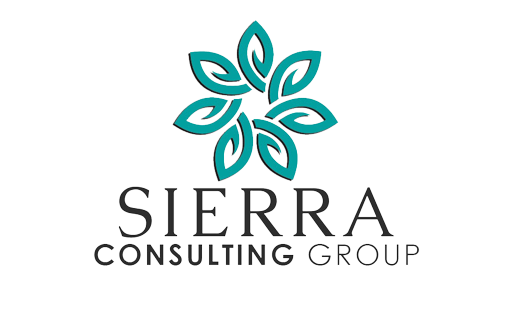Your admissions and intake procedures are an integral part of your business. Handling incoming calls from individuals or their families who are seeking help is a vital step in the process. Intake procedures ensure that the services you offer are a good match for your potential client and an efficient admissions process saves time, money, confusion and future problems.
Intake and admissions can be a problem area for many addiction treatment centers. They must be handled carefully. It’s important to keep in mind that you are dealing with a population that may be fearful or ambivalent about treatment. From the time a prospective client picks up the phone, there is a real possibility that the person may back out of the process. This may happen as a result of a live person not answering the phone, or an untrained staff member who isn’t skilled at phone intakes.
Initial Screening
Initial contact is important. It allows for the potential client or family member to get answers to questions about treatment. It also allows for intake staff to ask questions that can determine whether the person is eligible for services or whether the program has the services that match the individual’s needs.
During this initial screening, the staff member will often be made aware of barriers that the potential client has to treatment. Some barriers may include lack of health coverage, employment, family responsibilities, resistance and health issues.
It’s important to address these barriers intelligently. Sometimes, the barriers are not barriers at all, but misinformation or fear. A good initial screening can move the potential client to the next step in the process. It’s important that this initial screening (usually taking place over the phone) allows both parties to get enough information. It’s important that the prospective client feels heard and is able to see the person on the other end of the line as a collaborator, and someone they can trust.
Formal Intake And Admissions
The intake and admissions process most often happens onsite. At this point, an initial screening and intake process has determined that the individual is eligible for services and that the services offered are appropriate.
A formal intake process allows you to get to know the client better, answer questions and further determine whether or not your program is a good fit for them. This step is usually part of the admissions process.
The Information Gathering Process
Part of a thorough intake process is gathering pertinent information. Much of this information is sensitive, and the process of disclosing this information may be uncomfortable for the client. A high degree of sensitivity as well as firm knowledge of HIPAA, disclosure and patient rights is essential. It’s important to reassure the client that you are a safe, non-judgmental partner in their care, and to establish trust right away. This isn’t always easy, it takes training and a consistent set of protocols so that the entire process from start to finish follows a logical and thorough flow. This includes things like informing clients of their rights and responsibilities, rights to privacy, grievances and personal property, etc.
The admissions process can be lengthy, and because of the nature of the situation, it can sometimes be unpredictable. A staff member who is in charge of intake and admissions must have adequate training in order to fulfill the requirements of this position and in order to insure that the intake and admissions process follows all regulatory and compliance aspects while making the client comfortable and welcome. It’s not an easy job.
Training For Intake And Admissions Staff
It’s important that every incoming phone call to your facility be handled by someone who is trained in the screening and intake process. It’s often this first phone call that begins the treatment process. Mishandling of these interactions can mean that your facility loses out on admissions. Therefore, it is important that staff receive training in screening, intake and admissions protocols. Intensive training in these areas can improve your facility admissions, and it can also increase the quality of client care, streamline the intake and admission process and ultimately save time and money.
Pre-screening potential clients for eligibility and to ensure that they are a good match for the program is another way to save time and money. A thorough pre-screening can help ensure that needless time and resources are not spent on individuals who may not benefit from your program. This frees up time and resources for those who can. Enlisting the help of consultants who offer training for intake and admissions counselors and staff is a good step toward increased admissions and a smoother process.

